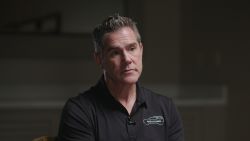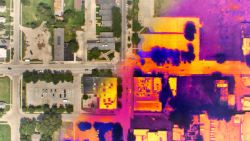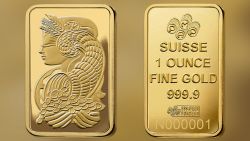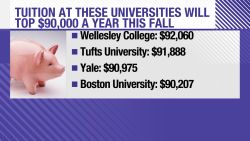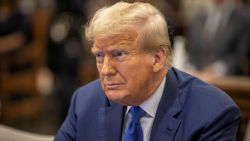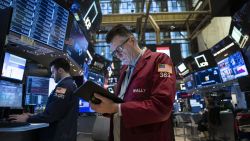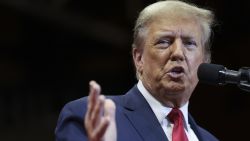The Dow staged a late day comeback on Thursday, ending 260 points higher to close another volatile day on Wall Street.
The Nasdaq closed narrowly higher, up 0.4% and the S&P 500 was up 0.8%.
Thursday’s action came a day after the Dow surged 1,086 points in its biggest daily point gain ever. The Dow was down as much as 611 points earlier in the day, but rallied in the final hour of trading for a swing of nearly 900 points.
The market has been gripped by those kind of wild swings this month. Investors are balancing an economy that is still strong by many measures, including record-low unemployment, with concerns about a slowing economy in China and other parts of the world, trade policy that’s in flux, and recent moves by the Federal Reserve.
The see-saw trading session came after huge gains on Wednesday for a market having its worst December since the Great Depression. The Dow had its best point gain ever, and the S&P 500 and Nasdaq posted their best performances since March 2009.
The gains continued into a second day. But anyone watching stocks this month knows that sentiment can turn on a dime. The Dow has either gained or lost more than 250 points in eight of the past nine trading sessions.
“Human nature is very consistent — pain is the ultimate motivator for change, and a 20% market swoon in under three months has most tactical and historical indicators suggesting extreme pain,” said Tony Dwyer, market analysts at Canaccord Genuity, in a note to analysts.
The firm said investors should expect more volatility and attributed the unease to “chaos in Washington,” as well as the Federal Reserve’s decision to stick to plans for gradual interest rate increases despite the recent stock turmoil. President Donald Trump, after ripping up trade policies aimed at stitching global economies together, has further unsettled markets by signaling he wanted to fire Federal Reserve Chairman Jerome Powell. Trump appointed Powell to the post last year but has since turned on him for raising rates.
The American economy remains strong, and most economists expect solid, if slower, growth in 2019. That’s why some market analysts believe stocks are oversold. The S&P 500 is 8% lower this year, while unemployment is near a 50-year low and GDP grew at 3.4% in the third quarter.
But fear has taken over the stock market. Movements lower have precipitated another big selloff. “Obviously, oversold can become more oversold in a panic-based market environment,” said Dwyer.
Markets that fall around 20% when the economy is strong typically bounce back. That’s what happened in 1987 after Black Monday, 1998 after the Russian debt crisis and 2011 following the American credit rating downgrade. In 1987, the market soared 50% in the following two years. Stocks bounced back 20% within four months of their lows in 1998 and 2011.
Stocks could roar back to new highs next year as they did this summer. Or this could be a recession warning sign and a signal of worse news to come.
Stocks do a reversal, global stocks caught in the tumult
On Thursday, some of the market’s big winners the prior day lost ground.
Tech, which led yesterday’s rally, finished the day mixed. Amazon (AMZN) and Apple (AAPL) fell slightly, while Facebook (FB), Alphabet (GOOGL), and Netflix (NFLX) ticked up.
All nine sectors on the Dow finished in positive territory. 3M (MMM) and IBM (IBM) were the top performers on the Dow.
GE (GE) had its fifth-best day of the year Wednesday, but dropped 1.6% Thursday.
European markets fell sharply on their first day of trading since Monday. The FTSE was down 1.5% and Germany’s DAX fell 2.4%.
The Hang Seng in Hong Kong and the Shanghai Composite both shed more than 0.6% after weak Chinese industrial data highlighted the difficulties facing the world’s second largest economy.
But Japan’s Nikkei jumped nearly 4% on Thursday, pulling the index out of the bear market it had entered just two days ago. Stocks also climbed more than 1% in Australia and Singapore.






